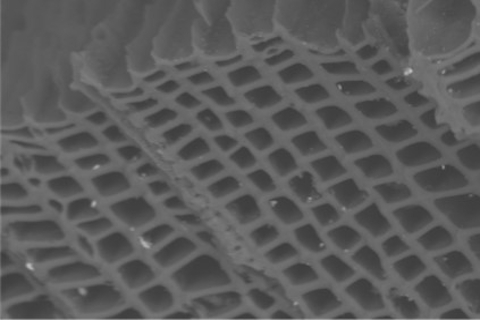about biochar
Biochar is produced via the thermochemical conversion of biomass in oxygen-depleted conditions as, for example, in pyrolysis and gasification processes.
Carbonization has been used for thousand years, mainly to produce charcoal for energy purposes: cooking, heating and smouldering. Despite the similar origins, biochar differs from charcoal as it not meant for direct combustion but for alternative environmental, agricultural and technical applications. Official definitions and standardizations of biochar properties can be found in the guidelines published by the European Biochar Certificate [1] and by the International Biochar Initiative [2], both providing voluntary industry standards. In the past decade, biochar started attracting the interest of industry and academia because of its potential applications in sustainable agriculture and carbon sequestration in soils.
The black carbon in charcoal is considered to be an important component of Terra Preta soil, a nutrient-rich and fertile soil discovered in the Amazon basin of Brazil [3]. The presence of black carbon in this soil has been dated back to hundreds or thousands of years ago, leading to the idea that soil application of biochar could lock carbon away from the atmosphere, contributing to climate change mitigation [4,5]. Biochar application is also considered beneficial to soil health, as it contributes to build up soil organic matter, increase water retention capacity and therefore support plant growth, leading to additional positive effects in terms of vegetation cover in urban, rural and unmanaged ecosystems.
More recently, this material has become the object of research in different fields to explore countless possible applications in agriculture, farming and other sectors as a more sustainable alternative to fossil-derived carbonaceous materials such as coke or activated carbon. The attractiveness of biochar is mostly due to its large content of carbon in a stable form (e.g. recalcitrant to mineralization) and to its porous structure. The extent of the specific surface area can be as high as to 1000 m2/g , making biochar able to bind various substances in a similar way as commercial active carbon. These properties are extremely valuable to help meet the global demand for environmental safety, soil health restoration and for carbon negative technologies.
In order to efficiently and sustainably making use if the promising biochar properties, it is important to advance research and development of biomass carbonization technologies to improve the process efficiency and secure high quality of the biochar product [6]. Basic research is also still needed to answer many open questions about biochar application in agriculture, soil management, pollution control, ecosystems management, carbon sequestration and greenhouse gases emission reduction. At the same time, standardized systems for biochar production and application need to be further developed to allow biochar markets to develop in the coming years.



[1] S. European Biochar Foundation (EBC), Arbaz, Guidelines for a Sustainable Production of Biochar, Eur. Biochar Found. (2016).
[2] International Biochar Initiative, Standardized Product Definition and Product Testing Guidelines for Biochar That Is Used in Soil, (2015) 1–61.
[3] B. Glaser, L. Haumaier, G. Guggenberger, W. Zech, The “Terra Preta” phenomenon: A model for sustainable agriculture in the humid tropics, Naturwissenschaften. 88 (2001) 37–41.
[4] J. Lehmann, A handful of carbon, Nature. 447 (2007) 143–144. https://doi.org/10.1038/447143a.
[5] J. Lehmann, J. Gaunt, M. Rondon, Bio-char sequestration in terrestrial ecosystems – A review, Mitig. Adapt. Strateg. Glob. Chang. 11 (2006) 403–427.
[6] W. Chen, J. Meng, X. Han, Y. Lan, W. Zhang, Past, present, and future of biochar, Biochar. 1 (2019) 75–87.
